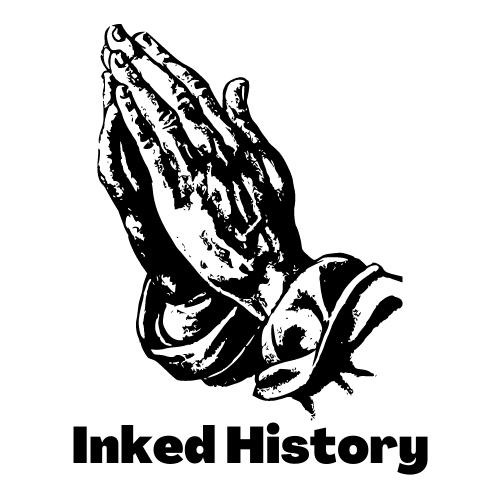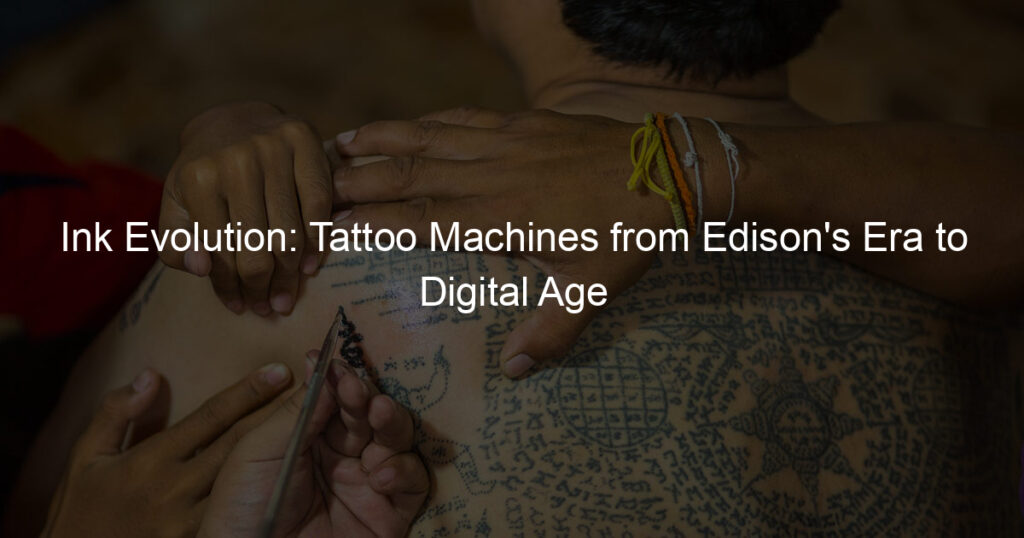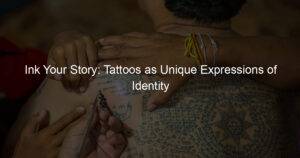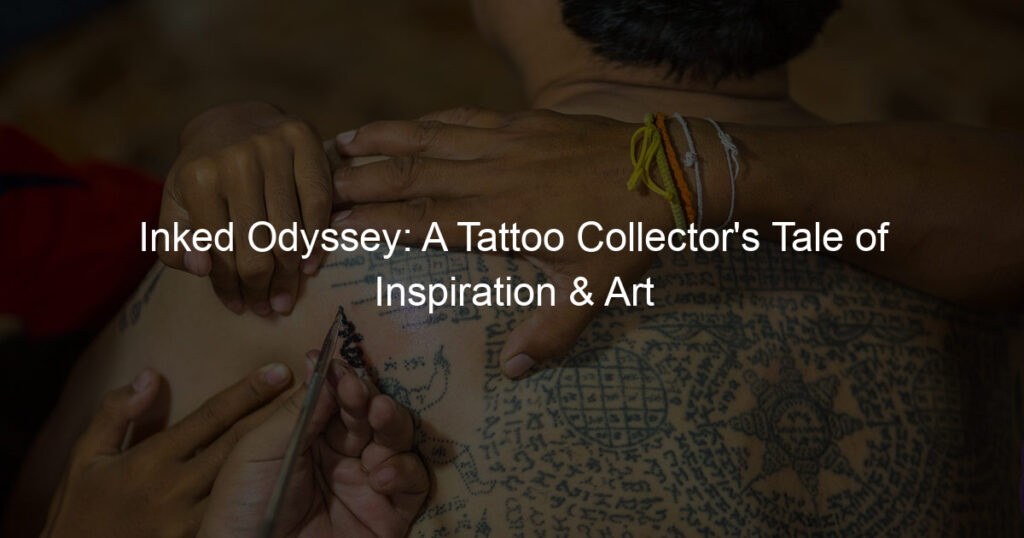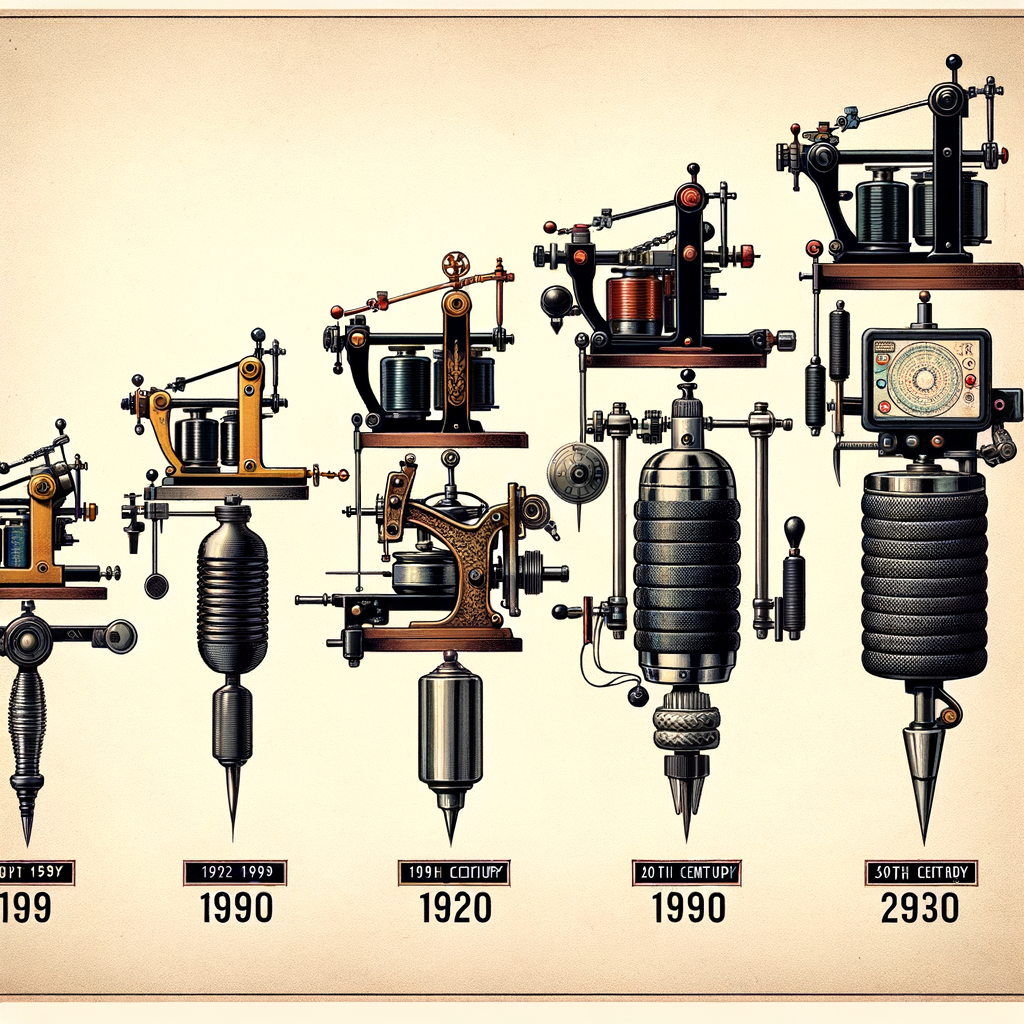
Introduction to Tattoo Machine History
Have you ever wondered how tattoo machines came to be? The history of tattoo machines is a fascinating journey that shows us how far we’ve come in the world of tattooing. In this section, we will take a look at the evolution of tattooing and the significance of tattoo machine progression.
Tattooing is an ancient art form that has been practiced for thousands of years. The earliest known tattoos were created by hand, using sharp objects to puncture the skin and insert ink. This method was time-consuming, painful, and lacked precision. However, the invention of the tattoo machine revolutionized the tattooing process, making it faster, less painful, and more precise.
The progression of tattoo machines has had a significant impact on the tattoo industry. The introduction of electric tattoo machines in the late 19th century allowed for quicker, more accurate tattooing, opening up the art form to a wider audience. Today, tattoo machines have evolved even further, with digital tattoo machines offering unprecedented control and precision. This progression has not only improved the quality of tattoos but also expanded the possibilities of what can be achieved with tattoo art.
In the following sections, we will delve deeper into the history of tattoo machines, from the Edison Tattoo Machine, the dawn of modern tattooing, to the rise of digital tattooing. So, let’s embark on this exciting journey through time and explore the fascinating world of tattoo machines.
Edison Tattoo Machine: The Dawn of Modern Tattooing
The world of tattooing took a major turn with the invention of the Edison Tattoo Machine. This revolutionary device, created by none other than the famous inventor Thomas Edison, marked the beginning of modern tattooing.
Thomas Edison, best known for his invention of the light bulb, also created a device in 1876 called the “Electric Pen.” This device was originally designed to make multiple copies of handwritten documents. However, it was soon discovered that it could be used to insert ink into the skin, effectively creating a tattoo. The Electric Pen was a handheld device that used a motor to drive a single needle up and down at a high speed, much like today’s tattoo machines.
The Edison Tattoo Machine revolutionized the tattoo industry. Before its invention, tattoos were applied manually, which was a slow and often painful process. With the advent of the Edison Tattoo Machine, tattoo artists could work faster and with greater precision. This not only made the process less painful for the person getting the tattoo, but it also allowed for more intricate and detailed designs. The invention of the Edison Tattoo Machine marked the beginning of modern tattooing and paved the way for the advanced tattoo machines we see today.
In conclusion, the Edison Tattoo Machine was a pivotal invention in the history of tattooing. It transformed the industry and set the stage for the advanced tattooing techniques we see today. The impact of this invention is still felt today, as modern tattoo machines continue to use the basic principles first introduced by Edison’s Electric Pen.
Evolution of Tattoo Art: From Traditional to Modern Techniques
As we delve into the evolution of tattoo art, we begin with a look at traditional tattooing techniques. These methods, while not as technologically advanced as modern techniques, have a rich history and cultural significance that continues to influence the art of tattooing today.
Traditional Tattooing Techniques
Traditional tattooing techniques have been used by various cultures across the globe for centuries. These techniques often involved hand tools rather than machines, and each culture had its unique style and symbolism.
-
- Overview of traditional tattooing techniques
Traditional tattooing techniques varied greatly from culture to culture. For example, in Polynesia, a technique known as ‘tatau’ was used, where ink was applied to the skin using a comb-like tool made of bone or shell. In Japan, the ‘tebori’ technique involved manually poking the skin with a rod tipped with a cluster of needles. These techniques were often time-consuming and painful, but they were also deeply meaningful and symbolic.
-
- Examples of traditional tattoo art
Traditional tattoo art is often characterized by its bold, black lines and use of symbolic imagery. Polynesian tattoos, for example, often feature geometric patterns and symbols representing strength, courage, and status. Japanese tattoos, on the other hand, are known for their intricate, full-body designs featuring mythical creatures, flowers, and scenes from nature.
While these traditional techniques may seem outdated in the face of modern technology, they continue to influence the art of tattooing today. Many tattoo artists still use these techniques, either exclusively or in combination with modern methods, to create unique and meaningful pieces of art.
Modern Tattooing Techniques
As we continue our journey through the evolution of tattoo art, we now turn our attention to modern tattooing techniques. These methods have revolutionized the world of tattooing, making it more precise, efficient, and diverse.
-
Introduction to Modern Tattooing Techniques
Modern tattooing techniques have come a long way from their traditional counterparts. Today, tattoo artists use advanced machines that allow for greater precision and less discomfort for the person getting the tattoo. These machines use electric power to drive the needles, which can move up and down at a speed of thousands of times per minute. This speed and precision make it possible to create intricate designs with a high level of detail.
Another significant advancement in modern tattooing is the use of different types of needles for different purposes. For example, a round liner needle is used for creating outlines and intricate details, while a magnum needle is used for shading and coloring large areas. This variety of needles allows artists to create a wide range of effects and styles.
-
Examples of Modern Tattoo Art
Modern tattoo art is incredibly diverse, with artists creating stunning pieces in a variety of styles. Some popular styles in modern tattooing include:
- Realism: This style aims to create tattoos that look like real-life images or photographs. It requires a high level of skill and precision to achieve the level of detail and shading needed for this style.
- Watercolor: This style mimics the look of watercolor paintings, with bright colors and a lack of outlines. It’s a relatively new style in the world of tattooing and is gaining popularity for its unique and artistic look.
- Geometric: This style uses geometric shapes and patterns to create intricate designs. It can be combined with other styles for a unique look.
These are just a few examples of the many styles found in modern tattoo art. The possibilities are truly endless, thanks to the advancements in tattooing techniques and technology.
Tattoo Technology Advancements: From Manual to Electric Machines
In the world of tattooing, technology has played a significant role in its evolution. The journey from manual to electric machines has been a fascinating one, with each advancement bringing about a new era of artistic expression.
Manual Tattoo Machines
Let’s take a step back in time and explore the era of manual tattoo machines.
-
- Overview of manual tattoo machines
Manual tattoo machines, also known as hand-poking tools, were the first tools used for tattooing. They were simple, consisting of a needle attached to a stick. The artist would dip the needle in ink and then manually poke it into the skin, creating a design. This process was time-consuming and required a steady hand and great precision.
-
- Key takeaways from the era of manual tattoo machines
The era of manual tattoo machines was marked by a few key characteristics. Firstly, it was a time of great creativity and innovation. Artists had to be highly skilled and patient, as the process was slow and meticulous. Secondly, it was a time of cultural significance. Tattoos were often used to signify social status, religious beliefs, or personal achievements. Lastly, it was a time of limited technology. The tools were simple, and the designs were often basic due to the limitations of the equipment.
Despite their simplicity, manual tattoo machines paved the way for the advancements we see today. They set the foundation for the art of tattooing, and their influence can still be seen in the techniques and styles used by modern artists.
Electric Tattoo Machines
As we journey through the evolution of tattoo machines, we arrive at a significant milestone – the advent of electric tattoo machines. These machines revolutionized the art of tattooing, offering artists more control and precision than ever before.
-
- Introduction to Electric Tattoo Machines
Electric tattoo machines were a game-changer in the world of tattooing. They were introduced in the late 19th century and quickly became the preferred tool for tattoo artists. These machines use an electric motor to drive the needles, which inject ink into the skin. The speed and precision offered by electric machines made them an instant hit among artists and clients alike.
There are two main types of electric tattoo machines: coil and rotary. Coil machines use an electromagnetic current to move the needles, while rotary machines use a small motor. Both types have their advantages and are used by artists worldwide.
-
- Impact of Electric Machines on the Evolution of Tattoo Art
The introduction of electric tattoo machines had a profound impact on the evolution of tattoo art. They allowed artists to work with greater speed and precision, leading to more detailed and intricate designs. This opened up new possibilities for artistic expression and transformed tattooing from a simple craft into a respected art form.
Electric machines also made the tattooing process less painful and more hygienic. They reduced the risk of infection and made tattoos more accessible to the general public. This led to a boom in the popularity of tattoos and helped to remove some of the stigma associated with them.
Here’s a brief comparison of manual and electric tattoo machines:
| Manual Tattoo Machines | Electric Tattoo Machines | |
|---|---|---|
| Speed | Slow | Fast |
| Precision | Low | High |
| Hygiene | Low | High |
| Pain Level | High | Low |
In conclusion, the advent of electric tattoo machines marked a significant turning point in the history of tattooing. They transformed the art form and continue to be the tool of choice for many tattoo artists today.
Modern Tattoo Machines: The Rise of Digital Tattooing
In the world of tattooing, the rise of digital tattoo machines has been a game changer. These modern tools have revolutionized the industry, offering precision and control that was unimaginable in the past. Let’s delve into the fascinating world of digital tattoo machines and their impact on the industry.
- Introduction to Digital Tattoo Machines
Digital tattoo machines, also known as rotary tattoo machines, have brought about a new era in the tattoo industry. Unlike traditional coil machines, these modern devices use an electric motor to drive the needle, resulting in smoother and more precise lines. They are also quieter and cause less skin damage, making the tattooing process more comfortable for both the artist and the client.
One of the key features of digital tattoo machines is their adjustable speed and depth settings. This allows artists to customize the machine’s performance to suit their style and the specific needs of each tattoo. With digital machines, artists can create intricate designs with ease, opening up new possibilities for creativity and innovation in tattoo art.
- How Digital Tattoo Machines Have Revolutionized the Tattoo Industry
The advent of digital tattoo machines has brought about significant changes in the tattoo industry. These machines have made tattooing more accessible and efficient, attracting a new generation of artists and clients.
With their precision and control, digital machines have raised the bar for tattoo quality. Artists can now create more detailed and complex designs, pushing the boundaries of what is possible in tattoo art. This has led to a surge in the popularity of tattoos, with more people choosing to express themselves through this unique form of body art.
Moreover, digital machines have made tattooing safer and more comfortable. They cause less skin damage and reduce the risk of infection, making the tattooing process less daunting for clients. This has helped to break down the stigma associated with tattoos and promote their acceptance in mainstream culture.
In conclusion, the rise of digital tattoo machines has revolutionized the tattoo industry. They have transformed the way tattoos are created and perceived, paving the way for a new era of tattoo art.
Edison to Digital Tattoos: A Journey Through Time
Let’s take a step back in time and explore the fascinating journey of tattooing, from the era of Thomas Edison to the rise of digital tattoos.
-
- Edison’s era: The dawn of modern tattooing
Did you know that the invention of the modern tattoo machine is credited to Thomas Edison? Yes, the same man who invented the light bulb! In 1876, Edison invented an electric pen that was originally intended to be a duplicating device. However, Samuel O’Reilly saw the potential of this device for tattooing and modified it into the first electric tattoo machine in 1891. This marked the dawn of modern tattooing.
-
- Evolution of tattoo art: From traditional to modern techniques
Tattoo art has evolved significantly over the years. In the early days, tattoos were created using hand tools. The artist would dip a needle into ink and then manually poke it into the skin. This process was time-consuming and painful. However, with the advent of the electric tattoo machine, artists could create more detailed and intricate designs with less pain for the client. This marked a significant shift from traditional to modern tattooing techniques.
-
- Tattoo technology advancements: From manual to electric machines
The transition from manual to electric tattoo machines was a significant advancement in tattoo technology. Electric machines allowed for faster and more precise tattooing. They also reduced the pain experienced by clients. This advancement in technology opened up new possibilities for tattoo art, allowing artists to create more complex and detailed designs.
-
- Modern tattoo machines: The rise of digital tattooing
Today, we are witnessing the rise of digital tattooing. Modern tattoo machines are computer-controlled and can create incredibly detailed and precise designs. They can also adjust the depth and speed of the needle, ensuring a more comfortable experience for the client. Digital tattooing represents the latest evolution in tattoo technology, and it’s exciting to imagine what the future holds.
In conclusion, the journey of tattooing from Edison’s era to the rise of digital tattoos is a fascinating one. It’s a journey marked by significant advancements in technology and shifts in artistic techniques. As we look to the future, it’s clear that the art of tattooing will continue to evolve and innovate.
Conclusion: The Future of Tattoo Machines
As we look forward to the future of tattoo machines, we can’t help but be excited about the possibilities. The evolution of tattoo machines from the Edison era to the rise of digital tattooing has been nothing short of remarkable. But what does the future hold?
-
- Predictions for the future of tattoo machines
Experts predict that the future of tattoo machines will be dominated by technology. We can expect to see more digital tattoo machines, with advanced features like 3D printing and augmented reality. These advancements will not only make the tattooing process more efficient but also safer and more precise. Imagine a world where you can see a virtual preview of your tattoo before it’s permanently inked on your skin!
-
- Final thoughts on the history of tattoo equipment
Looking back at the history of tattoo equipment, it’s clear that innovation has always been at the heart of this art form. From the manual machines of the past to the electric and digital machines of today, each advancement has pushed the boundaries of what’s possible in tattoo art. It’s a testament to the creativity and ingenuity of tattoo artists and inventors alike.
As we close this chapter on the history of tattoo machines, we can’t wait to see what the future holds. One thing’s for sure – the art of tattooing will continue to evolve, and we’re excited to be part of that journey.
| Period | Tattoo Machine Type | Key Advancements |
|---|---|---|
| Edison Era | Manual | Introduction of the first electric tattoo machine |
| Modern Era | Electric | Improvements in safety and precision |
| Future | Digital | Predicted advancements in 3D printing and augmented reality |
